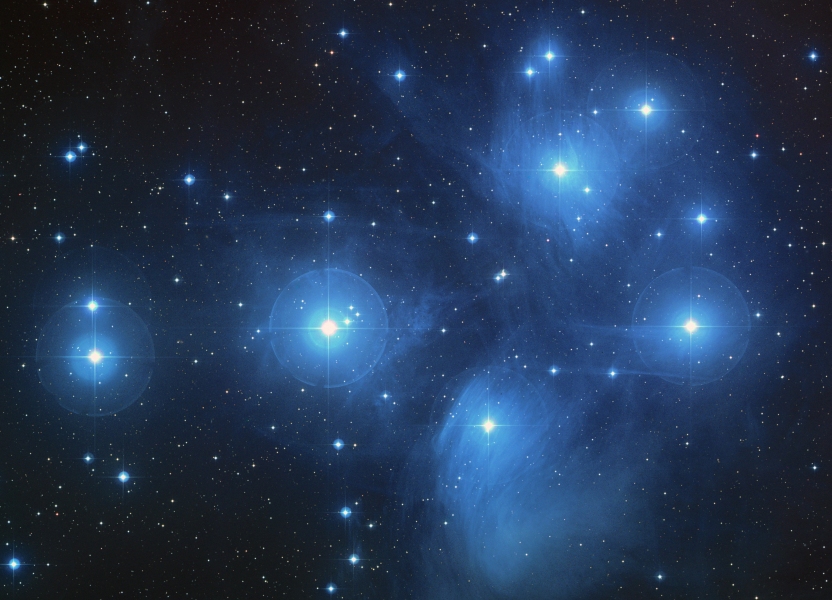Forecasting whether we're in for a hot, dry holiday or wet, humid conditions this summer can be a complex and tricky business.
While modern state-of-the-art high-resolution forecasting models, like those run by NIWA's supercomputer, have demonstrated significant accuracy and continue to improve each year, Mother Nature can tell us even more about the weather ahead – just by observing patterns and sequences.
Using environmental indicators to anticipate local weather and climate outcomes is common practice among many indigenous people around the world, including Māori.
By observing patterns and sequences in natural events – such as the behaviour of birds, the blooming of certain trees and flowers, and the movements of the stars, Māori have long used environmental indicators to forecast local weather and climate – helping to manage daily and seasonal activities.
Traditional indicators to forecast weather and climate vary from place to place because of geography, different landscapes and seascapes, and between iwi or hapū.
For example – central North Island iwi Ngāi Tuhoe use the sun to predict approaching storms. When a vivid halo encircles the sun, the expected outcome is a storm approaching. A pale and dim halo encircling the sun suggests a storm is far away. When pukeko are observed heading for higher ground, Northland iwi Ngāti Wai will expect a storm and possible flooding. South Island iwi Kai Tahu predict that a long, hot summer will follow when the ti kōuka (cabbage tree) flowers early and profusely.
Often more than one indicator is used to forecast weather or climate in the days, months and seasons ahead. Where there are discrepancies among the indicators, a consensus-based approach is usually taken. If the majority of indicators point in a given direction then a forecast is most often made in that direction – in a similar way to probabilistic seasonal forecasting methods that rely on consensus amongst different computer models to forecast changes in climate.
Environmental indicators are still used by many indigenous peoples around the world in the same way – for example, indigenous groups in northern India predict the onset of the monsoon in June or July using environmental indicators such as the blooming of the golden shower tree and the direction of the local winds.
Farmers in Peru use the mid-year appearance of the Pleiades star cluster to forecast the timing and quantity of precipitation in the wet season, months later. Accuracy of the seasonal forecasts is around 65 per cent – exceeding the accuracy of modern scientific forecasts with similar outlook periods by 5–10 per cent. Similar studies are taking place in Australia and Samoa.
NIWA environmental scientist Darren King has been studying traditional Māori methods for predicting weather and seasonal conditions with kaumātua (elders) from across Aotearoa, and says modern and traditional forecasting systems can complement each other.
"Using Māori knowledge to forecast local weather and climate reflects the Māori worldview that all things are connected by whakapapa (genealogy) and that subtle natural linkages in the environment can reveal much about atmospheric conditions," says Mr King.
"Climate has always been important to Māori. It influences which plants, trees and birds are found in various parts of the country and it affects winds, waves and ocean currents. This knowledge has not only been vital to survival – by helping whanau to prepare and plan for weather hazards and climate variability, but also influences decisions about when to plant, harvest or fish.
"Learning more about the Māori knowledge system can contribute to better understanding of local weather and climate changes as well as promote awareness of the inherent linkages between people and the natural world. Lessons such as these are critical for informing adaptation strategies for the future."
Darren King is an environmental scientist at NIWA. He manages the Climate Applications Group based in Auckland and is also a member of the National Climate Centre and the National Centre of Māori Environmental Research, Te Kūwaha. His research interests include climate-induced natural hazards, mātauranga Māori (Māori knowledge) and its relationship with contemporary science, coastal evolution and tsunami risk.
Additional information:
For more examples of Māori environmental indicators used by iwi and hapū around the country to forecast local weather and climate outcomes, see the table at right. An educational poster about traditional Māori environmental indicators used for weather and climate forecasting is also available below.
For urban weather forecasts, using NIWA's state-of-the-art forecasting capabilities, NIWA Weather.
About NIWA Weather
NIWA Weather is a free web-based service that provides urban New Zealanders with an instant visual snapshot of the temperature, rainfall, wind speed and direction, and general weather conditions expected in their town or city over the next six days. Forecasts are hourly for the first 24 hours and three-hourly thereafter.
NIWA Weather is backed by NIWA's supercomputer's state-of-the-art high-resolution forecasting capability and is also designed to work on smartphones and tablets.

